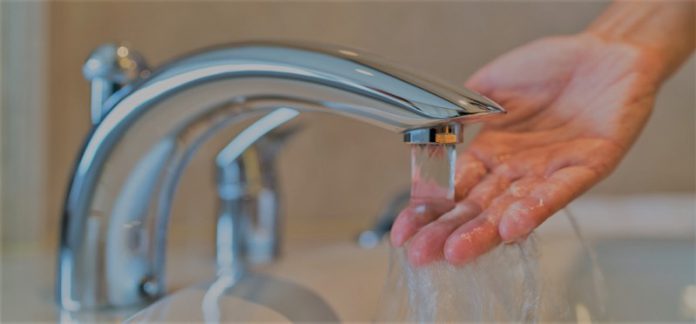These days, most of us are accustomed to having access to hot water for showers, laundry, and dishwashing. As a result, most households have a water heating system. Continuous flow hot water systems use small water tanks that you can mount on a wall. They are also known as instantaneous, on-demand, or tankless hot water systems.
Unlike other hot water systems that heat water slowly and store it until a person is ready to use it, continuous flow hot water systems heat the water rapidly at the moment someone wants to use it.
Let’s look at these systems in a little more detail:
What is a Continuous Flow Hot Water System?
Continuous flow hot water systems work by propelling cold water through hot copper pipes. The tanks have a flow sensor that is triggered when the hot water is turned on. This process is fueled with gas, electricity, or solar power.
There are two major factors that set apart different continuous flow hot water systems: the fuel type and the flow rate in litres per minute(L/min). If a household has a high flow rate, it can dependably support more outlets than a home with a lower flow rate. If a household regularly uses a dishwasher, a shower, and a sink at the same time totaling 9 L/min, it will need a system that can cope with that demand. Otherwise, the flow will recede, and the temperature of the water will drop.
Types of Continuous Flow Systems
The various kinds of instantaneous flow hot water systems depend on their energy source. Common types are powered by gas, electricity, and solar power.
Sometimes these systems can supplement a traditional tanked hot water system. Even households that want to keep their storage tank heaters may want to consider adding a continuous flow system if:
- There are places on the property with little or inconsistent hot water
- Some outlets are far away from the central hot water system
- You want to boost your hot water supply system because the available systems can’t meet and cope with demand
- You want to boost certain appliances with a high-water demand, like showers
Pros and Cons of Continuous Flow Systems
The advantages of having a continuous flow hot water system are:
- Save fuel as there is no need to keep water hot when not in use
- There is a continuous hot water supply
- Heat water to a set temperature, so there’s no need to adjust the water or danger of burning or scalding the skin
- It can be placed close to the outlet
- Systems are fixed outside, thus saving on interior space
The disadvantages are:
- Both the electric and gas-powered systems are responsible for producing emissions during the combustion process. These emissions affect climate change
- They aren’t best for households with large hot water demands
- Before the water is heated to the right temperature, there is a delay
- In colder areas, flow rates are low
- Electrically powered systems may need heavy-duty wiring
- High water wastage rates
Conclusion
Homeowners (and those looking into buying a home) should consider a continuous hot water system. If you need some professional help to decide whether this is the right choice for you or to help you to install one, you can call a licensed plumber in Adelaide.














